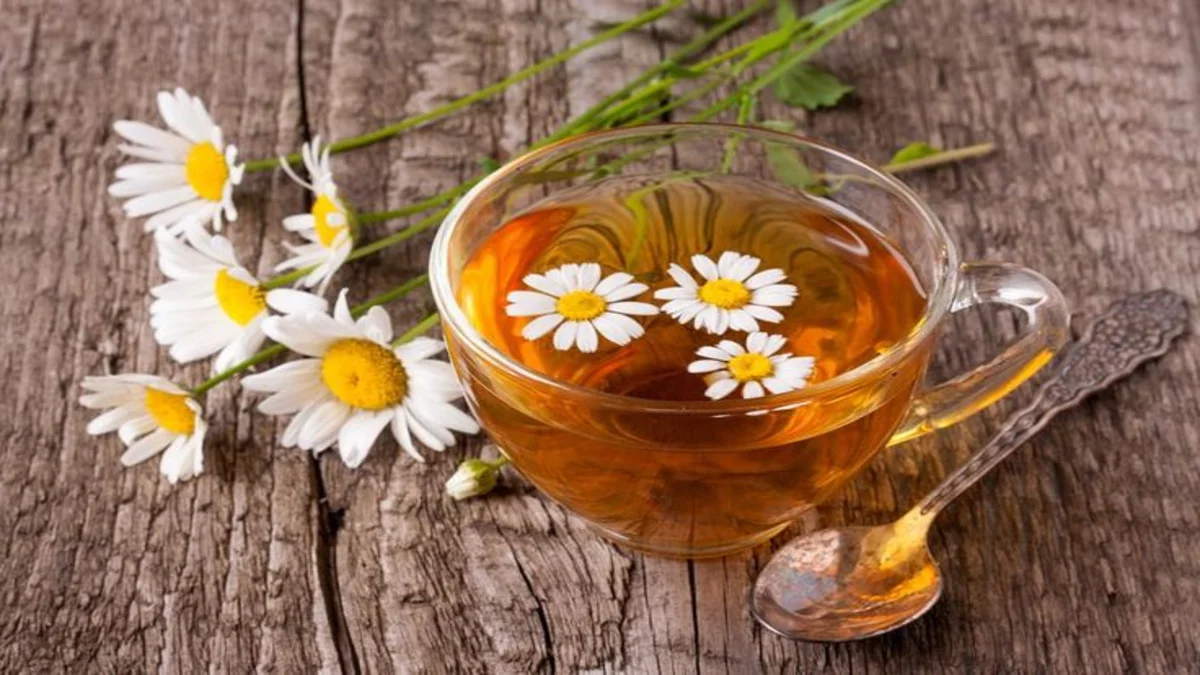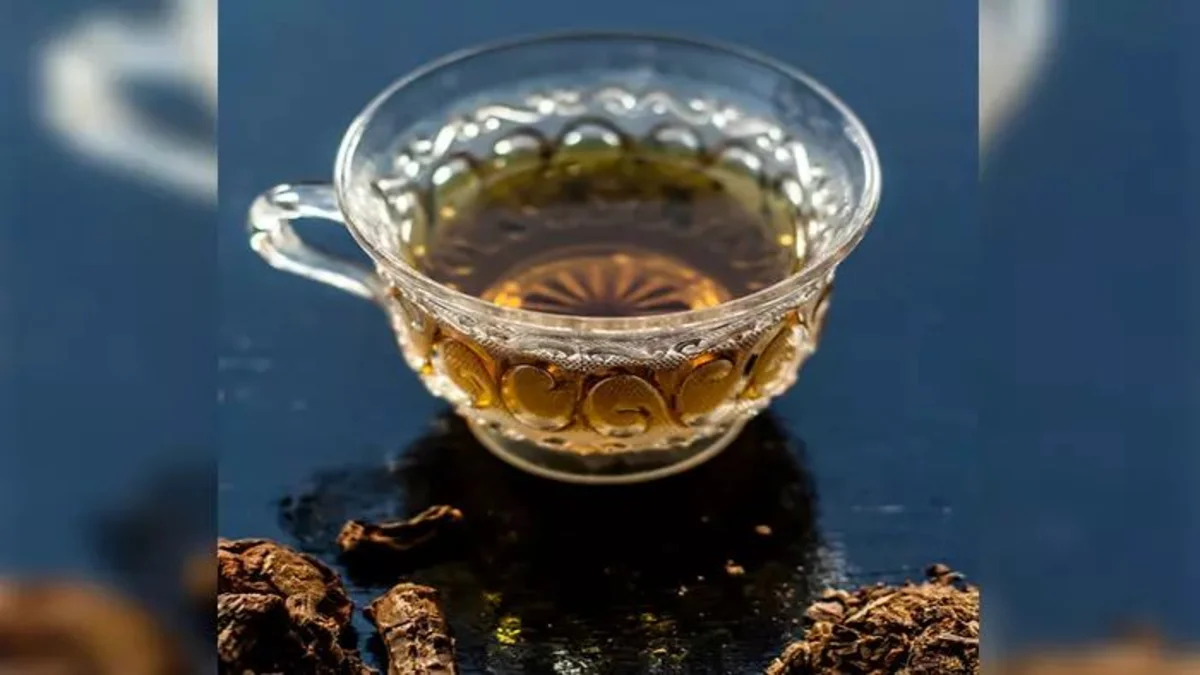Have you ever wondered about the extraordinary capabilities of the humble watercress?
This vibrant green plant, known for its peppery leaves, is not just a staple in salads.
It is a powerhouse of essential vitamins and nutrients that offer a myriad of health benefits.
In this article, we delve into the world of watercress to uncover 8 surprising advantages that will leave you amazed.
Watercress, a perennial plant that thrives in water, is not only a delight for the palate but also a treasure trove of vitamins and minerals.
Its nutrient-dense leaves pack a punch when it comes to boosting your health and well-being.
From improving your immune system to supporting bone health, watercress is a versatile plant that can enhance various aspects of your life.
In this informative piece, we will explore the numerous benefits of incorporating watercress into your diet.
Whether you are a health enthusiast looking to elevate your meals or someone curious about the wonders of this underrated green, this article will provide you with valuable insights into the power of watercress.
So, sit back, relax, and let’s unravel the secrets of this remarkable plant together.
Nutritional Profile of Watercress

| Nutrient | Amount per 100g |
|---|---|
| Calories | 11 kcal |
| Protein | 2.3 g |
| Carbohydrates | 1.3 g |
| Dietary Fiber | 0.5 g |
| Fat | 0.1 g |
| Vitamin A | 319% of DV |
| Vitamin C | 72% of DV |
| Vitamin K | 312% of DV |
| Calcium | 120 mg |
| Iron | 0.2 mg |
| Potassium | 330 mg |
| Magnesium | 15 mg |
| Phosphorus | 60 mg |
| Sodium | 41 mg |
| Zinc | 0.1 mg |
| Copper | 0.1 mg |
| Manganese | 0.2 mg |
| Selenium | 0.9 mcg |
Potential Health Benefits of Watercress
1. Packed with Nutrients, Particularly Vitamin K
One cup of watercress contains almost 300% of the daily required amount of this important vitamin. As it helps to control calcium and increase bone density, vitamin K is essential for maintaining healthy bones. It also aids in blood coagulation and may lower the chance of cardiovascular illnesses. As a nutrient powerhouse in every mouthful, adding it to meals can promote general health and well-being.
2. High Antioxidant Content May Lower Your Risk of Chronic Diseases
Watercress stands out for its high antioxidant content, including compounds like beta-carotene, lutein, and quercetin. These antioxidants help neutralize harmful free radicals in the body, reducing oxidative stress. Lower oxidative stress can decrease the risk of chronic diseases such as heart disease, cancer, and neurodegenerative conditions, contributing to overall health and longevity.
3. Heart Health Booster
Incorporating watercress into your diet can significantly benefit cardiovascular health. The leafy green contains natural nitrates that help lower blood pressure by improving blood vessel function. The antioxidants in watercress also reduce inflammation and oxidative damage to blood vessels, further supporting heart health and lowering the risk of heart disease.
4. Cancer Prevention
Watercress has been linked to a reduced risk of certain cancers due to its glucosinolate content. These compounds convert to isothiocyanates when chewed or chopped, which have been shown to inhibit cancer cell growth and protect against developing cancers such as lung and colorectal cancer. Regular consumption of it can thus offer protective benefits against cancer.
5. Digestive Health Support
Rich in dietary fiber, it promotes healthy digestion and a well-functioning gut. Fiber aids in regular bowel movements and helps prevent constipation while supporting the growth of beneficial gut bacteria. The high water content of watercress also aids in hydration, essential for maintaining a healthy digestive system.
6. Rich in Carotenoids and Vitamin C, Which May Protect Eye Health
Lutein and zeaxanthin, members of the carotenoid family of antioxidants, are found in watercress.
Zeaxanthin and lutein have been demonstrated in numerous studies to be crucial for eye health.
They shield your eyes specifically from blue light harm.
Additionally connected to a decreased risk of cataract development and age-related macular degeneration are lutein and zeaxanthin.
Moreover, there is a correlation between the vitamin C content of watercress and a decreased likelihood of cataract development.
7. Density of Nutrients May Help Loss of Weight
Although it hasn’t been well-researched, it might also help with weight management.
This dish is incredibly nutrient-dense; a cup (34 grams) has just four calories but is packed with several vital elements.
Including this nutrient-dense, low-calorie vegetable in your diet is worth a try if you’re attempting to lose weight.
Possible Dangers of Eating Watercress
It has a lot of potential health benefits, but for some people, consuming it can be dangerous. Be mindful of the potential hazards listed below. If you’re worried, talk to your healthcare physician.
An allergy
Watercress may cause allergy reactions in those who are known to be sensitive to Brassicaceae family members or who are allergic to other cruciferous vegetables. Consult your healthcare professional for advice if you suspect you may be allergic.
Being pregnant and breastfeeding
Although there isn’t much information on the safety of consuming watercress while pregnant or nursing, talk to your doctor before including it in your diet during these times.
Interaction with Medications
When consuming high quantities of foods high in vitamin K, such as it, people using blood thinners, such as warfarin, should exercise caution. They might have an interaction with the drug. If you use medications that thin the blood, your doctor could advise you to adjust how much vitamin K you consume.
FAQs
Why is watercress a superfood?
High Water Content: As the name suggests, watercress is abundant in water, making it an excellent choice for hydration. Staying hydrated is essential for various bodily functions.
Antioxidant Powerhouse: It is known for its high antioxidant content, which helps combat oxidative stress and reduce inflammation in the body.
Versatile Addition to Salads: Its fresh, crisp texture and peppery flavor make it a delightful addition to salads, sandwiches, and smoothies.
Perennial Plant: Watercress is a perennial plant, meaning it grows throughout the year, making it easily accessible for consumption.
Is watercress safe to eat raw?
Nutrient-dense: Despite its small size, it is dense in nutrients such as iron, calcium, and antioxidants, which can help combat inflammation and promote healthy aging.
Hydration: As the name suggests, watercress has a high water content, aiding in hydration and detoxification of the body.
How should watercress be eaten?
Cooked: It can also be cooked in various dishes. You can add it to soups, stir-fries, or pasta dishes for an extra dose of vitamins and minerals. Cooking watercress slightly reduces its peppery taste, making it a great addition to different recipes.
Smoothies: For a boost of green goodness, try adding it to your smoothies. Its fresh taste pairs well with fruits and other greens, creating a nutrient-packed drink that is perfect for breakfast or a snack.
Sandwiches: It can elevate the taste of sandwiches. Add a handful of it leaves to your sandwiches for a crunchy texture and a burst of flavor.
What is the difference between watercress and arugula?
Conclusion
The wonders of the watercress extend far beyond its humble appearance.
This peppery, green plant is a powerhouse of essential vitamins and nutrients, making it a must-have addition to your diet.
From its high water content to its rich vitamin K levels, it offers a myriad of health benefits that can boost your overall well-being.
By incorporating watercress into your meals, you not only add a burst of flavor but also introduce a nutrient-dense ingredient that can enhance your salads and other dishes.
The perennial nature of watercress means you can enjoy its fresh leaves throughout the year, providing a consistent source of goodness for your body.
Whether you are looking to improve your digestion, boost your immune system, or simply add more greens to your diet, it is a versatile and nutritious choice.
Its unique flavor profile adds a refreshing twist to your meals while offering a wealth of health benefits.
So, next time you’re at the grocery store, why not pick up a bunch of it and elevate your dishes with this vibrant and nutrient-packed plant?
References
- https://www.ncbi.nlm.nih.gov/pubmed/31267783
- https://www.ncbi.nlm.nih.gov/pmc/articles/PMC5059820
- https://www.ncbi.nlm.nih.gov/pubmed/30679159
- https://www.ncbi.nlm.nih.gov/pubmed/30712424
- https://www.ncbi.nlm.nih.gov/pubmed/23978168
- https://www.ncbi.nlm.nih.gov/pubmed/29890115
- https://www.ncbi.nlm.nih.gov/pubmed/23571649
Disclaimer: The information provided here is for educational/awareness purposes only and is not intended to be a substitute for medical treatment by a healthcare professional and should not be relied upon to diagnose or treat any medical condition. The reader should consult a registered medical practitioner to determine the appropriateness of the information before consuming any medication. Elnodi does not provide any guarantee or warranty (express or implied) regarding the accuracy, adequacy, completeness, legality, reliability, or usefulness of the information; and disclaims any liability arising thereof.





